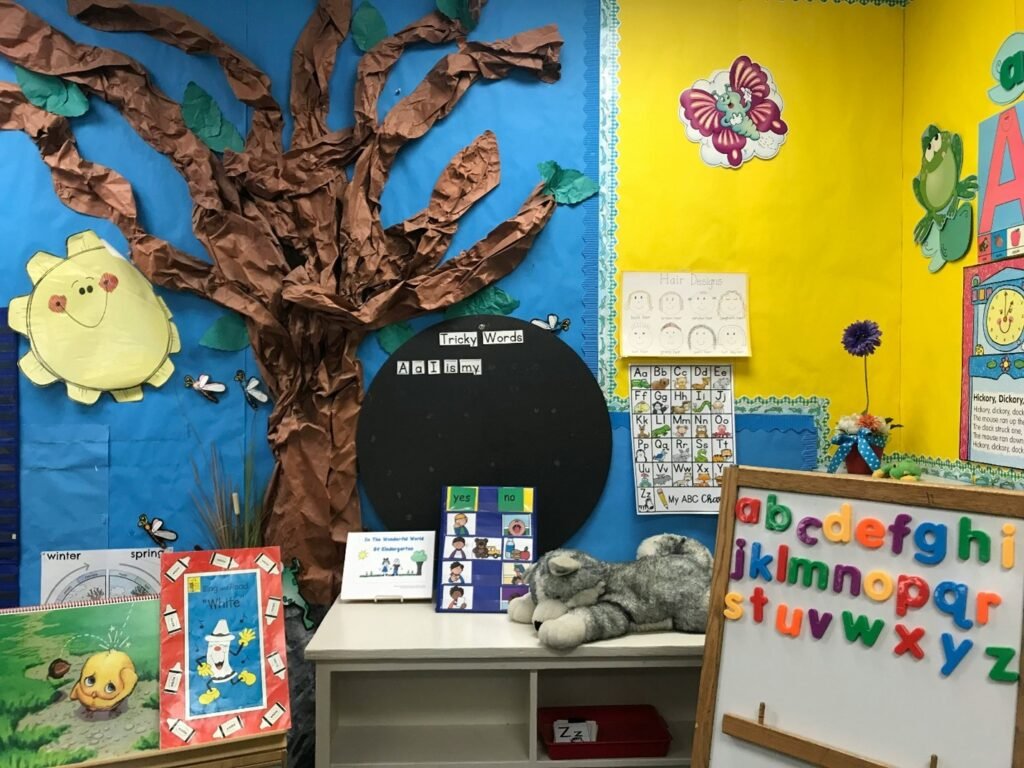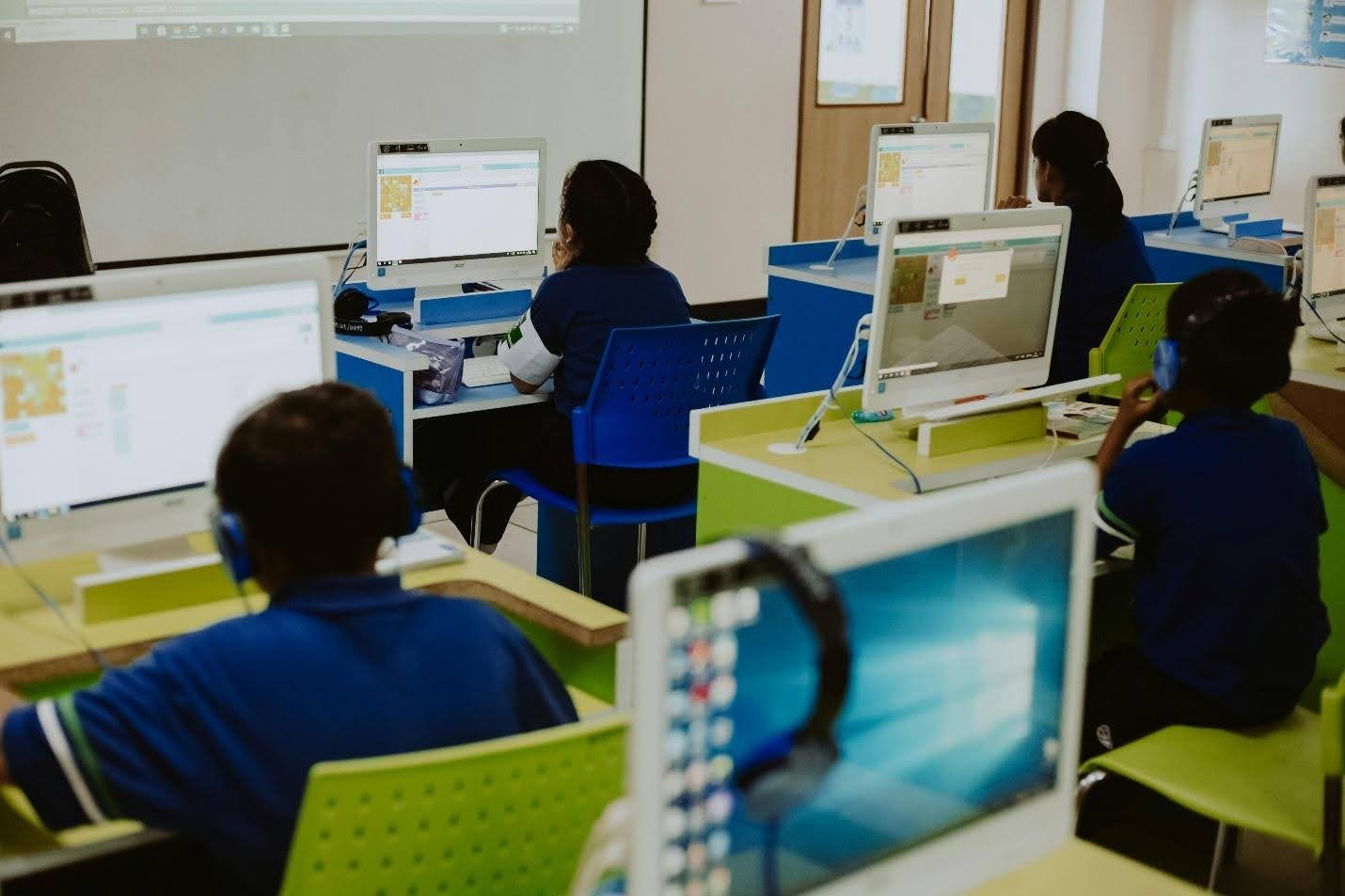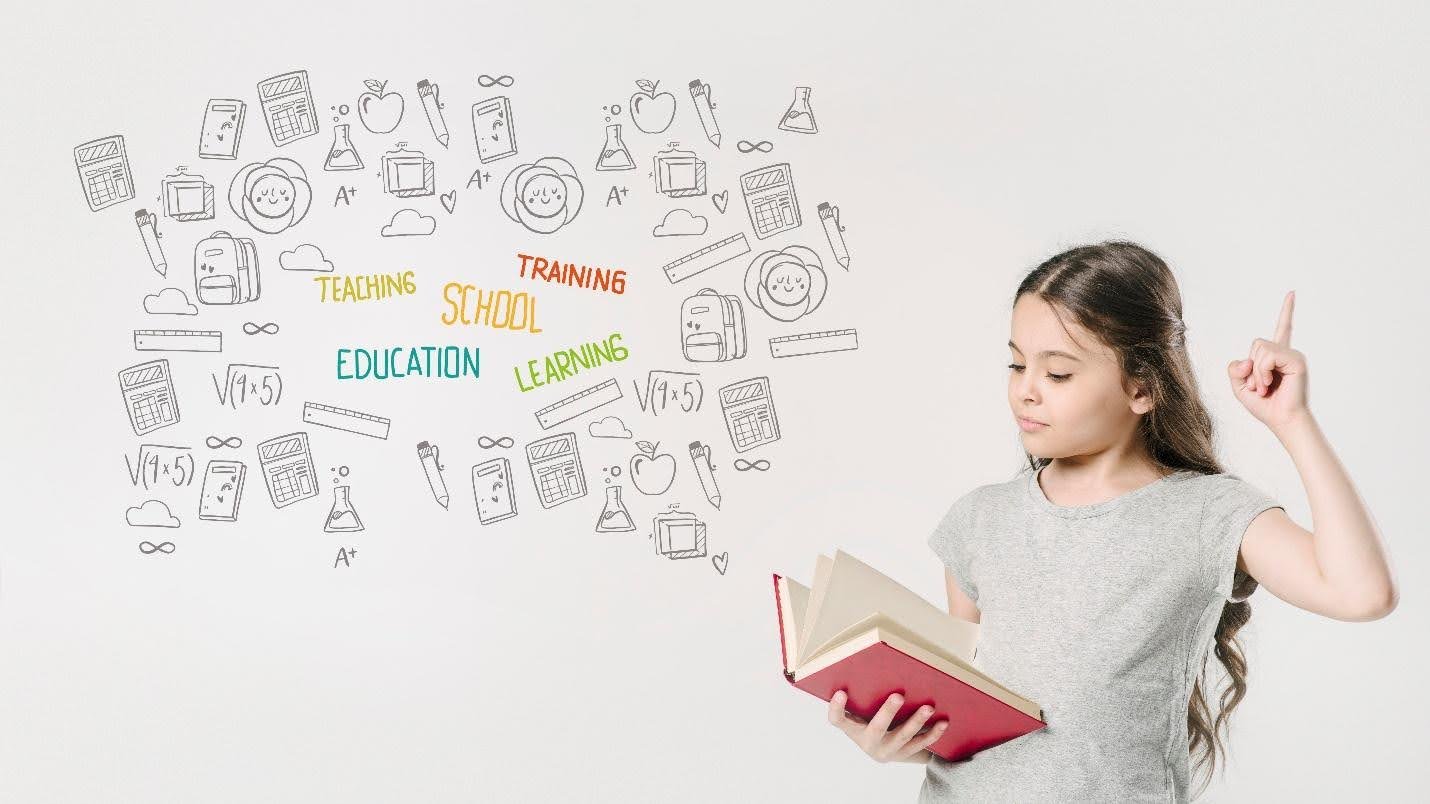What is Portfolio Assessment in Education? A Comprehensive Guide

Portfolio assessment is becoming an increasingly popular tool in modern education systems. As educators seek more authentic and holistic methods to evaluate student learning, portfolio assessments offer a dynamic and student-centered alternative to traditional tests and exams. But what exactly is portfolio assessment, and why is it gaining traction in classrooms around the world?
Table of Contents
ToggleIn this article, we’ll explore the definition, types, benefits, challenges, and best practices of portfolio assessment in education.
Definition of Portfolio Assessment

Portfolio assessment is a form of authentic assessment where students compile a collection of their academic work over time to demonstrate learning progress, achievements, and competencies.
Unlike one-time tests, portfolio assessments emphasize continuous growth, self-reflection, and real-world application of knowledge.
According to Edutopia, a portfolio can showcase both process and product, highlighting how a student learns in addition to what they have learned.
Types of Portfolio Assessments

There are several types of portfolio assessments used in educational settings, depending on the goals of instruction and evaluation:
1. Working Portfolios
These are ongoing collections of student work that are used mainly for instructional purposes. They are ideal for tracking day-to-day or week-to-week progress.
2. Display Portfolios
These are curated to showcase a student’s best work. Often used for presentations, parent-teacher meetings, or end-of-term reviews.
3. Assessment Portfolios
Focused on evaluating learning outcomes, these are used to assess mastery of standards or competencies over a certain period.
Learn more about these types through this resource on portfolio-based learning.
Key Components of a Student Portfolio
An effective educational portfolio should include a balanced mix of:
– Student Work Samples – essays, projects, quizzes, artwork, etc.
– Reflections – where students write about their learning experiences, growth, and challenges.
– Rubrics and Assessment Criteria – to help evaluators and students understand grading standards.
– Teacher Feedback – comments and evaluations throughout the term.
– Self-Assessment – students analyze their own performance and set learning goals.
This combination fosters metacognition, encouraging students to think about how they learn.
Benefits of Portfolio Assessment

Portfolio assessments offer a range of educational benefits that support both teaching and learning:
1. Encourages Reflective Learning
Students gain insight into their own learning processes and develop the ability to self-assess and improve.
2. Supports Differentiated Instruction
Teachers can tailor instruction to meet individual learning needs based on portfolio evidence.
3. Promotes Active Student Participation
By giving students ownership of their learning artifacts, portfolio assessments encourage engagement and accountability.
4. Showcases Holistic Development
Portfolios provide a comprehensive view of academic, creative, and personal growth.
5. Facilitates Parent-Teacher Communication
They offer a concrete way to discuss progress during parent-teacher meetings or reviews.
A study published by Education Corner highlights how portfolios can help educators assess critical thinking and problem-solving more effectively than standardized tests.
Challenges of Portfolio Assessment
Despite its advantages, portfolio assessment also presents some challenges:
1. Time-Consuming for Teachers
Collecting, reviewing, and giving feedback on portfolios can be labor-intensive.
2. Subjectivity in Grading
Without clear rubrics, portfolio assessments may be more prone to inconsistent evaluation.
3. Student Training Required
Students need to be taught how to create and manage a portfolio effectively.
4. Storage and Management
Especially for physical portfolios, managing storage over time can be a logistical issue. However, many educators are now switching to digital portfolios to solve this problem.
Best Practices for Educators

To ensure a successful implementation of portfolio assessment, educators should follow these best practices:
1. Set Clear Objectives
Define what the portfolio is intended to measure—whether it’s writing skills, creative thinking, scientific inquiry, or a combination.
2. Use Rubrics for Assessment
Create clear, standardized rubrics that align with learning outcomes and share them with students beforehand.
3. Integrate Reflection Activities
Encourage students to regularly write reflective notes on their learning journey and achievements.
4. Go Digital When Possible
Use platforms like Seesaw, Google Sites, or Padlet for creating and managing digital portfolios.
5. Provide Regular Feedback
Don’t wait until the end of the term—use portfolio check-ins as ongoing formative assessments.
6. Involve Parents
Make portfolios accessible to parents so they can track and support their child’s learning progress.
Conclusion

Portfolio assessment represents a shift toward student-centered learning and away from high-stakes, one-size-fits-all evaluation. By emphasizing process over product and progress over perfection, portfolios help build not only knowledge but also confidence, self-awareness, and independent thinking.
In today’s evolving educational landscape, portfolio assessment is more relevant than ever—offering a practical, personalized, and powerful tool for nurturing lifelong learners.
Interested in exploring more innovative assessment methods? Check out this comprehensive guide to formative assessment.




